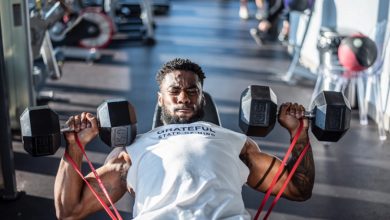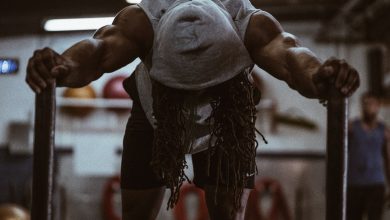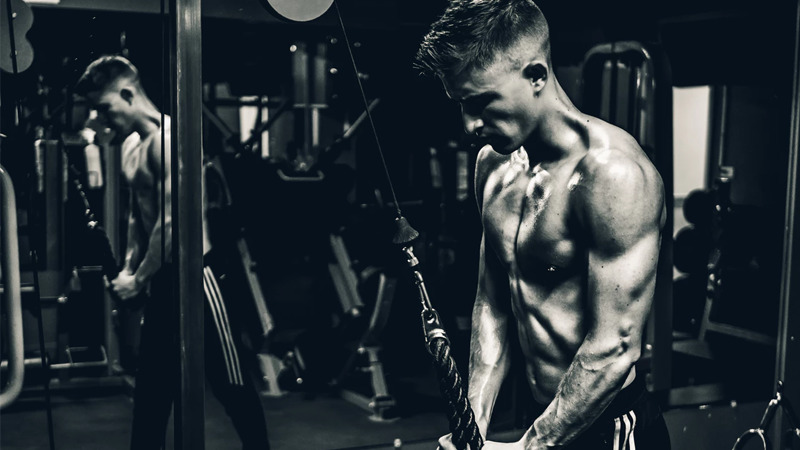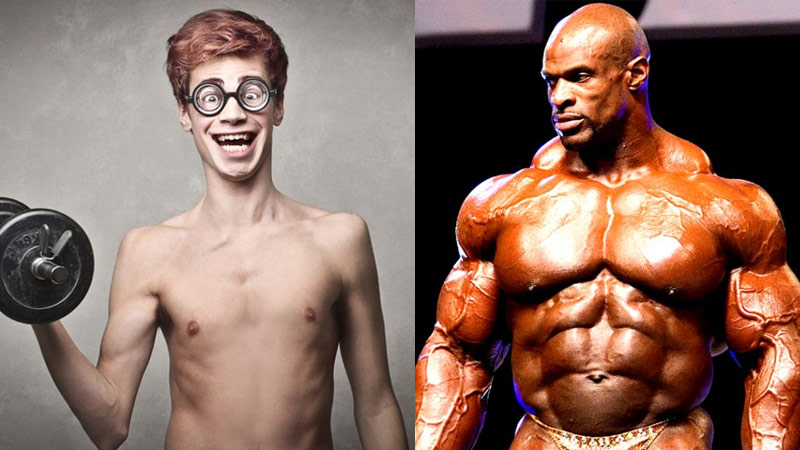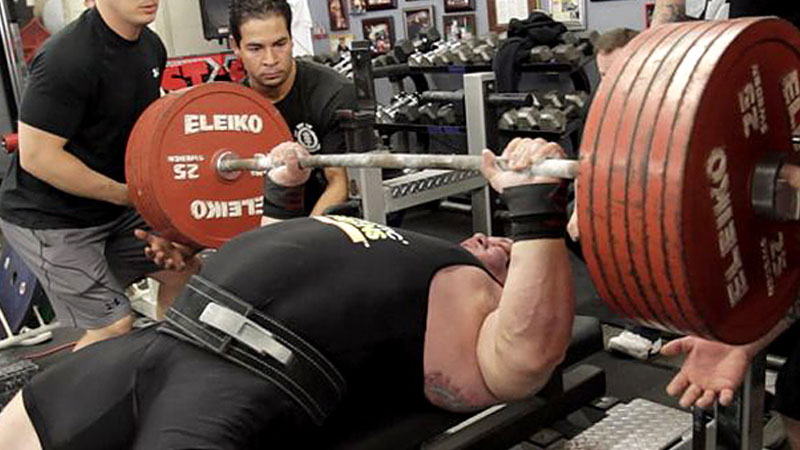
Sometimes you’ve just got to go out on a limb, take a triple dose of pre workout and smash yourself into smithereens with the most brutal, muscle-stimulating workout programs that have ever existed.
Welcome to the world of cluster sets, where high load doggystyle f*cks high volume and gives birth to muscle mass and strength babies.
This one isn’t for pussies.
In fact, if you haven’t been training hard for at least 2 years you might as well get off this page now – go look at something on beginner guides to lifting instead. You’ll only slow down the page loading speed for those that deserve to here.
But if you’ve got the experience, the no fear attitude and sheer fuarking balls of steel, it’s time to put on your stringer vest and earn your stripes bro.
There’s no going back… it’s time for cluster sets.
What are Cluster Sets?
Your training right now more than likely goes like this. You choose a weight that is somewhere between your 6 and 15 rep max and you blast out as many reps as you can until you hit fatigue.
You rest for a couple of minutes and then you rinse and repeat until you’ve cranked out 3 or 4 sets in total.
Nothing wrong with that at all. In fact, that’s pretty clever training and it’ll get you great results… for a while.
But that keep of basic set approach will soon stop forcing your muscles to grow. It’ll only get so far before it just kind of stops working.
And that’s where advanced systems such as cluster sets comes in – to smash the back doors of your training and inject it with a huge wad of muscle stimulating gains.
Cluster sets are an advanced lifting system that produces serious strength, power and performance gains.
They’re hard. Real hard.
But it’s worth it.
How do you perform cluster sets?
Cluster sets are a training system used by advanced lifters such as strongmen and bodybuilders to break through plateaus and deliver huge growth, power and strength results.
The idea is pretty simple.
You choose a weight that is heavy and use mini rest periods between reps so as to complete more total reps per set than you could with straight sets.
Confusing?
Let us explain in more detail bro.
- Let’s say you choose a weight that let’s you complete only 5 reps – your 5RM
- Instead of doing all 5 reps, you only complete 3 reps.
- You then rest 10-15 seconds and complete another 2-3 reps.
- And then you repeat this 3 rep process until you complete a total of 12-15 reps
Essentially you’re completing a workout that goes something like this: 3 + 3 + 3 + 3 + 3 = 12 reps.
It’s physically impossible to complete 12 reps straight off with your 5RM.
But by taking this small rest period, you give your muscles just enough recovery to grind out more total reps with an even more brutally heavy weight.
We lovingly refer to these as cluster f*cks in the SpotMeBro office. They are goddamn awful. But the pain is far outweighed by the strength and growth you’ll experience if you put them in your program.
[infobox]Cluster sets use mini rest periods within the set to allow higher reps to be completed with heavier weights without fatigue.
[/infobox]How Does Cluster Sets Build Muscle Mass, Strength and Power?
The biggest and most important contributing factor to muscle growth is volume. The more reps you complete at a given load, the more muscle you create.
It goes without saying that optimal muscle mass is about lifting as heavy as possible, but by also making sure that you can complete sufficient reps and sets to trigger the physiological events that result in the birth of new muscle cells.
Cluster sets allows you to complete higher load volume workouts
Let’s take another look at our example from earlier – 15 reps at 5RM.
5RM is around 85% of your 1RM give or take. That’s obviously far higher than the weight you’d have to choose if you were to complete a straight 15 reps, which would be more likely as low as 60% of your 1RM.
For arguments sake, in this example, your 1RM on a bench press is 100 kg.
Your cluster sets weight would be 85 kg. Multiply that by the 15 reps and you get a total load-volume of 1275 kg.
If you completed straight sets you’d be using a load of around 60 kg. This gives you a total load volume of 900 kg.
1275 vs 900 kg!
That’s more or less 30% lower total load volume – a huge difference when it comes to stimulating muscle mass.
The mini rest acts as an energy buffer
So why is it that you can magically complete more reps all of a sudden with cluster sets?
Is it a deal made with the devil?
Have you reached demigod status?
Have you died and gone to the pearly gates of Massville?
Unfortunately it’s none of those things.
That mini ‘intra-set’ rest helps to recharge the energy you’re using during the set.
Think of it like this. If you have a bucket of water (which we’ll use to signify energy in this little analogy) and tip it all out, it’ll take a while to fill up.
That’s like your basic set approach – empty and fill.
But if you tip out a little at a time it’ll not take long to fill it back up again. You’re essentially keeping the tank topped up and always have some energy in reserve…. to smash through more reps with heavier loads.
Bar velocity remains high
Bar speed is a big marker for neural fatigue.
If you get slower during a set of reps you know that tiredness is kicking in and power output is decreasing.
Although it sounds obvious, heavier weights are usually lifted slowly in comparison to lighter weights because it requires more work to shift the load.
When you start of set of heavy bench presses or squats, you find that the first couple of reps are fairly similar in terms of how fast the bar moves. But as fatigue kicks in, the bar begins to get slower and slower, until eventually you hit a point of muscle failure.
The research on cluster sets shows that because sets are short and sharp with plenty of nervous system recovery, there’s hardly any negative changes in bar velocity at all – especially compared to standard, traditional sets.
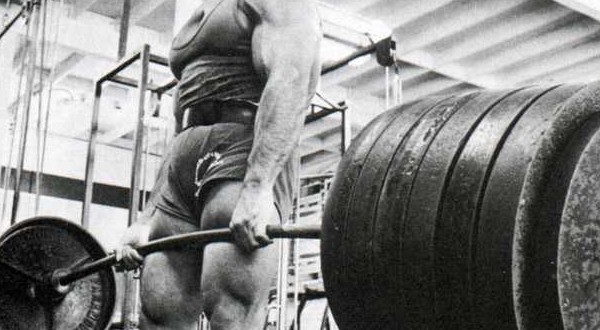
You Should Adapt Cluster Sets Based on Your Goals
We gave the example earlier of someone lifting 15 total reps with a 5RM. But that’s not the only way you can use clusters.
In fact, you should adapt the specific loads and reps you use based around the goals you want to achieve.
If you want to get full on jailhouse, rip the heads off your victims strong you can use one kind of cluster. And if you just want to get huge and muscular and go up a shirt size or 3 you can use a different approach.
You can essentially vary the cluster for muscle growth and strength.
Cluster sets for strength and power
Typically, for strength you lift big with moderate amounts of volume here. The number of weeks you use a cluster approach for is fairly low – around 3-4 weeks tops.
Much like with any other approach to strength training, you should focus on large muscle, compound exercises such as the bench press, deadlift, row and squat as these give you the most bang-for-your-buck.
And to really ramp up your strength and power you’ll be looking at using loads around 85-95%.
Here’s an example 3 week block of strength-based cluster sets:
- Week 1: 15 total reps with 85% 1RM (3 + 3 + 3 + 3 + 3) with 10-15 second intra-set rest
- Then week 2: 8 total reps with 90% 1RM (2 + 2 + 2 + 1 + 1) with 15-20 second intra-set rest
- Finally, week 3: 5 total reps with 90% 1RM (1 + 1 + 1 + 1 + 1) with 20-30 second intra-set rest
The idea isn’t to use this system on every exercise. Instead, you’d follow a standard strength block for 3 weeks and choose no more than 2 exercises per workout to perform using clusters.
Cluster sets for that good old muscle mass
We know now that muscle mass can be achieved at any rep range as long as volume is sufficient. So in effect, following a strength and power-based cluster sets workout will result in muscle hypertrophy for sure.
But if you’re going balls deep into a higher-volume muscle growth phase and don’t want to burn out by lifting too heavy, you can use this cluster sets program to achieve just as much, if not more mass.
Again, you’re looking somewhere around the 15 total reps with 85% 1RM (3 + 3 + 3 + 3 + 3) with 10-15 second intra-set rest.
But here’s the big difference from strength and power cluster sets though.
Instead of performing one exercise as a cluster, use the following cluster sets system on the last set of some exercises – all of them if you feel like you can (although you might burn out pretty quickly).
So if your bench press is usually 3 x 8-12 reps, complete 2 x 8-12 reps and then your cluster on set 3.
Summary – The Final Word
Cluster sets use mini rest periods to help you complete high volume sets with heavy weights. When it comes to strength and muscle mass they’re more than just effective; they’re essential.
If you can can see past the brutal heavy weight and the muscle-crushing volume you’re guaranteed to get as jacked as Jack Jackie Jackson.
Enjoy.
And don’t forget to let us know how you get on.


